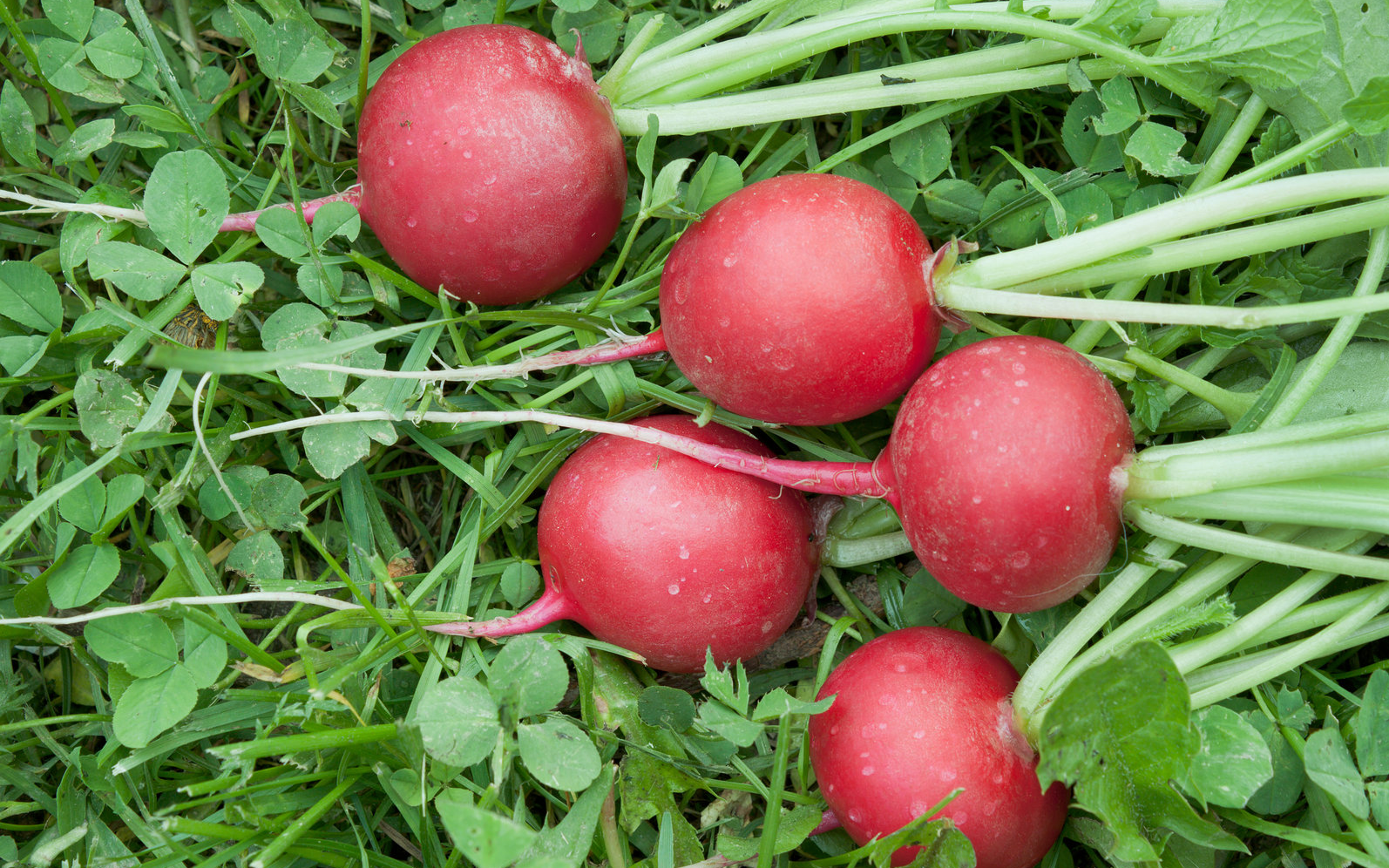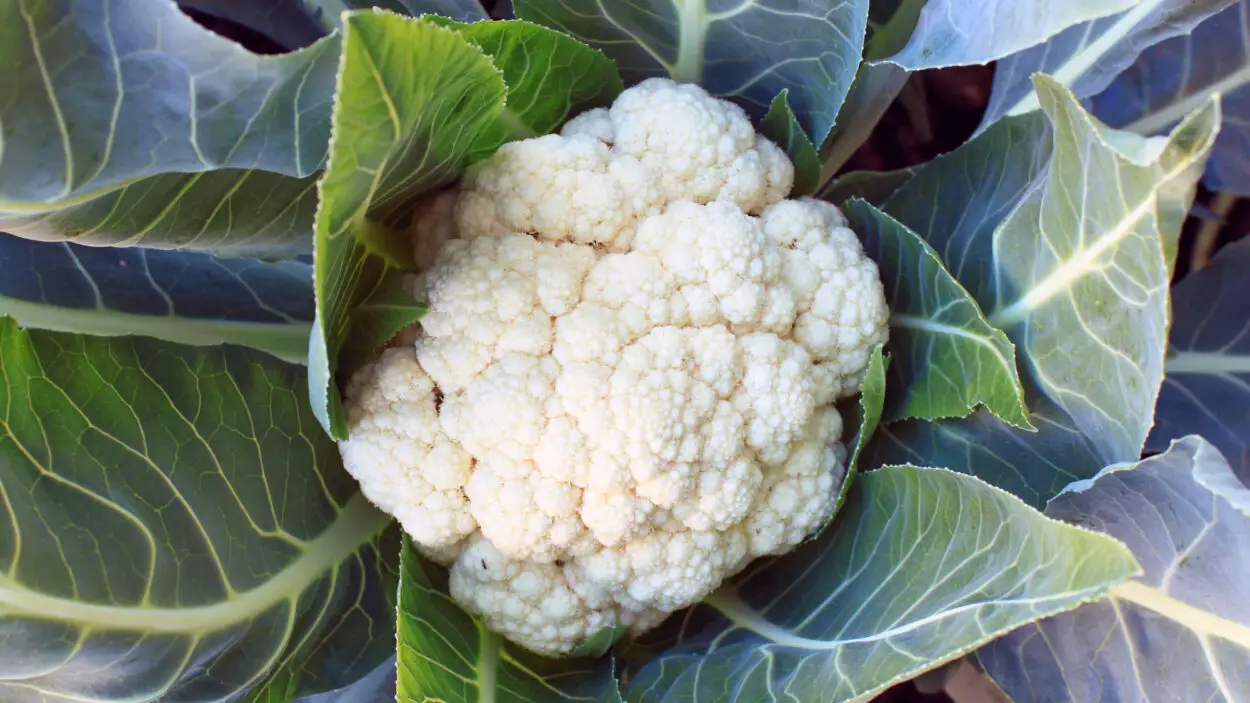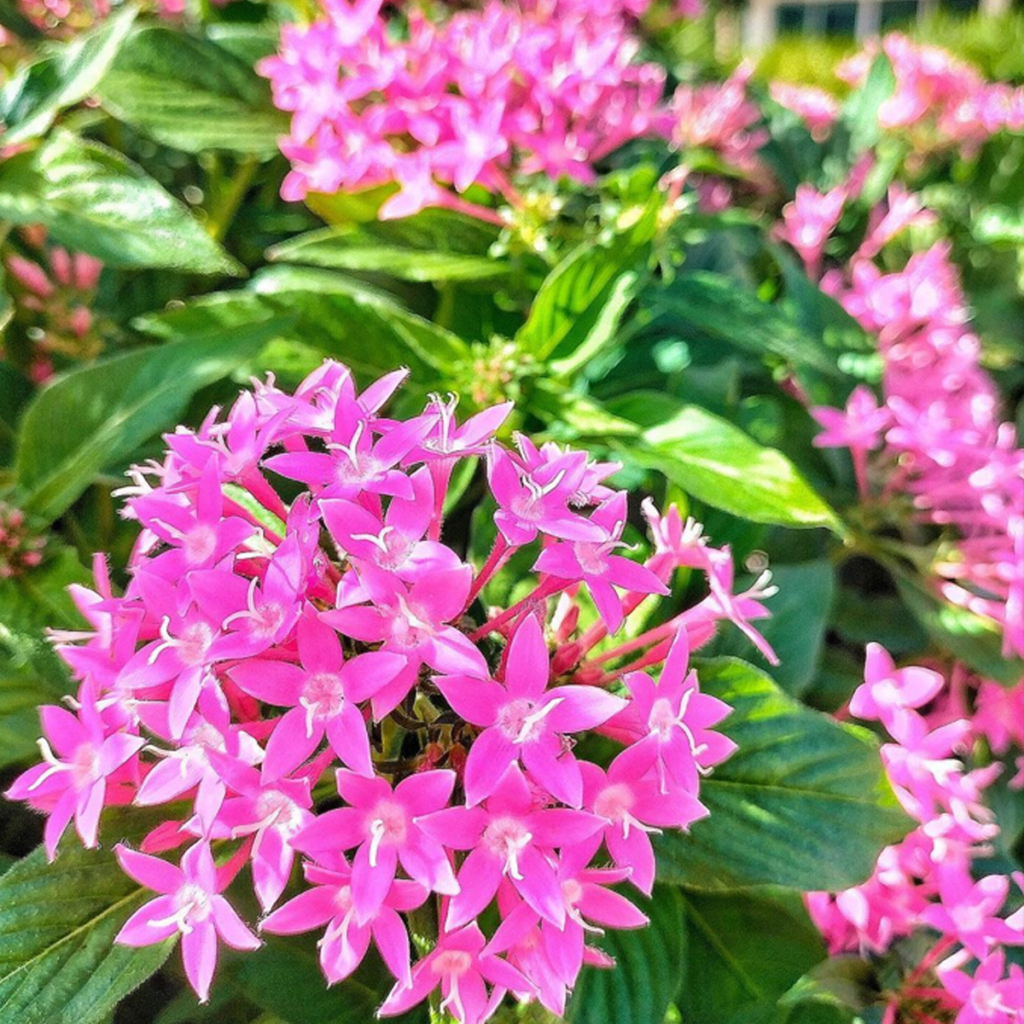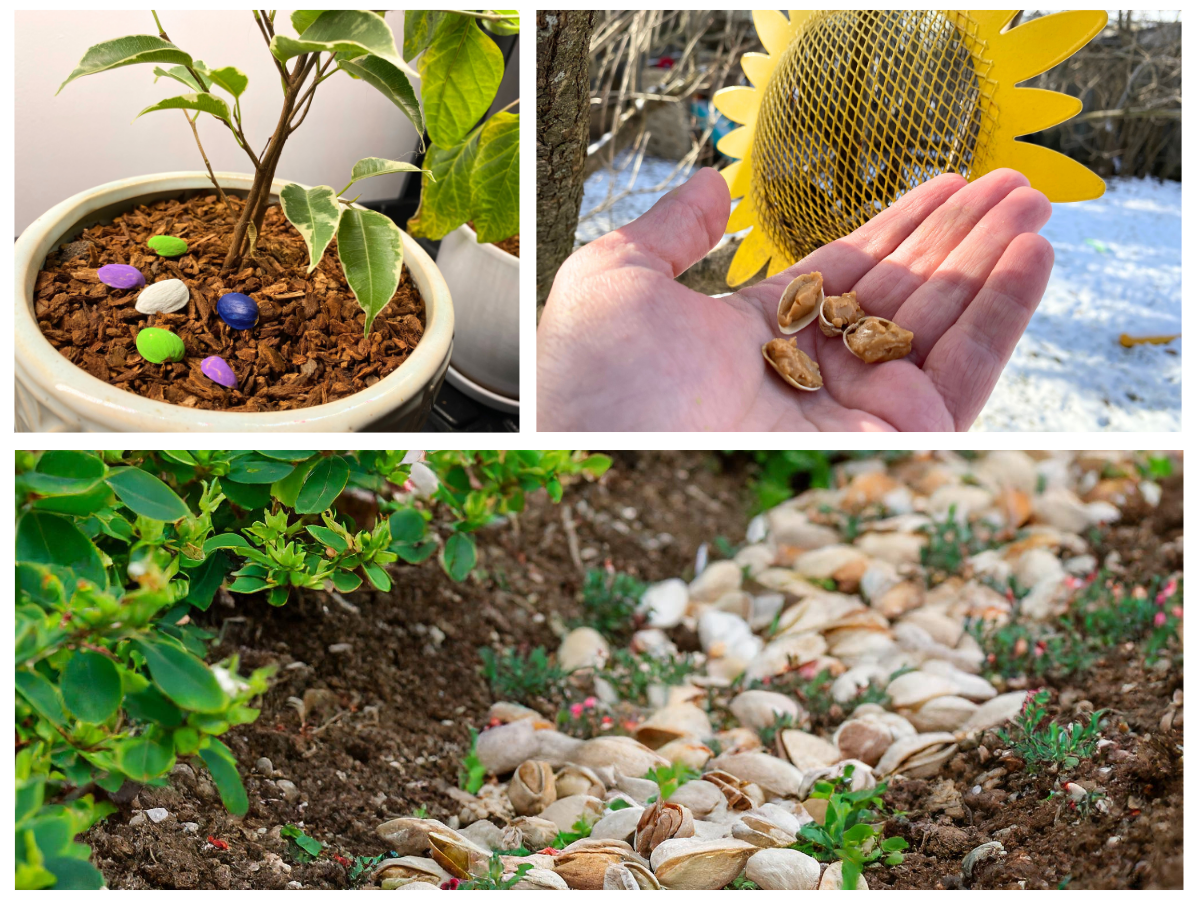Protect Your Crops: Organic Flea Beetle Solutions

Flea beetles are tiny, fast-moving insects that can cause significant damage to vegetable crops. They feed on the leaves of plants, creating small holes that can stunt growth and weaken the plant. While pesticides are often used to control flea beetles, these chemicals can be harmful to beneficial insects and the environment. Fortunately, several organic methods can effectively manage flea beetles without using harmful chemicals. This article will discuss how to deal with flea beetles organically.
Identify the Problem
The first step in dealing with flea beetles organically is identifying the problem. Flea beetles are small, shiny, black, or brown beetles that jump when disturbed. They are usually found on the undersides of leaves and can be difficult to spot due to their small size. Signs of flea beetle damage include small holes in the leaves of plants and yellowing or wilting of the leaves.
Remove Infested Plants
If you have a severe flea beetle infestation, it may be necessary to remove infested plants. This can help prevent the spread of the beetles to other plants in your garden. Be sure to dispose of infested plants away from your garden to prevent the beetles from re-infesting your crops.
Use Floating Row Covers
Floating row covers are an effective organic method for preventing flea beetle damage. These covers are made from lightweight, breathable fabric and can be placed over plants to protect them from insects. They allow light, air, and water to pass through while keeping insects out. Row covers should be placed over plants before flea beetles are present and removed once the plants have grown to their full size.

Plant Trap Crops
Another effective organic method for controlling flea beetles is to plant trap crops. Trap crops are plants that are more attractive to insects than the plants you are trying to protect. By planting trap crops, you can lure flea beetles away from your vegetable crops and onto the trap crops. Once the trap crops are infested, you can remove them from your garden to prevent the beetles from spreading to your other plants.
Some good trap crops for flea beetles include mustard greens, arugula, and radishes. These crops are all Brassica family members and are highly attractive to flea beetles. Be sure to plant trap crops at the same time as your vegetable crops to ensure that the flea beetles are drawn to them before they can infest your other plants.
Practice Crop Rotation
Crop rotation is an important organic practice that can help prevent flea beetle infestations. Flea beetles can overwinter in the soil and emerge in the spring to feed on new crops. By rotating your crops yearly, you can help disrupt the flea beetle life cycle and reduce their populations. Be sure to rotate crops in different families, as flea beetles are attracted to specific plant families.
Encourage Natural Predators
One of the best ways to control flea beetles organically is to encourage natural predators. Beneficial insects, such as ladybugs, lacewings, and parasitic wasps, feed on flea beetles and can help keep their populations in check. You can plant flowers that provide nectar and pollen to attract beneficial insects to your garden, such as marigolds and alyssum. You can also provide habitat for beneficial insects by creating brush piles or leaving some areas of your garden unmowed.
Apply Diatomaceous Earth
Diatomaceous earth is a natural powder made from the fossilized remains of diatoms. It works by dehydrating insects and is an effective organic method for controlling flea beetles. To apply diatomaceous earth, dust it onto the leaves of your plants, making sure to cover both the tops and undersides of the leaves. Remember to reapply after rain or irrigation, as water can wash away the powder. While diatomaceous earth is generally safe for humans and pets, it can be harmful to beneficial insects such as bees and butterflies, so use it with caution.
Spray With Neem Oil
Neem oil is a natural insecticide that is effective against a variety of pests, including flea beetles. It works by disrupting the insect’s feeding and reproductive systems, ultimately leading to their demise. To use neem oil, mix it with water according to the manufacturer’s instructions and spray it onto your plants, covering both the leaves’ tops and undersides. Repeat every 7-10 days, as needed. Neem oil is safe for humans, pets, and beneficial insects when used as directed.
Use Insecticidal Soap
Insecticidal soap is another natural insecticide that can be effective against flea beetles. It works by penetrating the insect’s outer shell and causing dehydration. Mix insecticidal soap with water according to the manufacturer’s instructions and spray it onto your plants, covering both the leaves’ tops and undersides. Repeat every 7-10 days, as needed. Insecticidal soap is generally safe for humans, pets, and beneficial insects. Still, it can be harmful to some plant species, so be sure to test it on a small area before applying it to your entire garden.
Also Read: Small Space Gardening Made Easy with VegTrug Herb Garden – (organicgardeningcorner.com)
Conclusion
Dealing with flea beetles organically can be challenging, but with a combination of preventative measures and natural control methods, it is possible to keep their populations in check. Remember to start by identifying the problem and removing any infested plants. Use floating row covers and plant trap crops to prevent infestations, practice crop rotation, and encourage natural predators. Diatomaceous earth, neem oil, and insecticidal soap can also be effective control methods. By using these organic methods, you can protect your vegetable crops while maintaining a healthy and sustainable garden.




